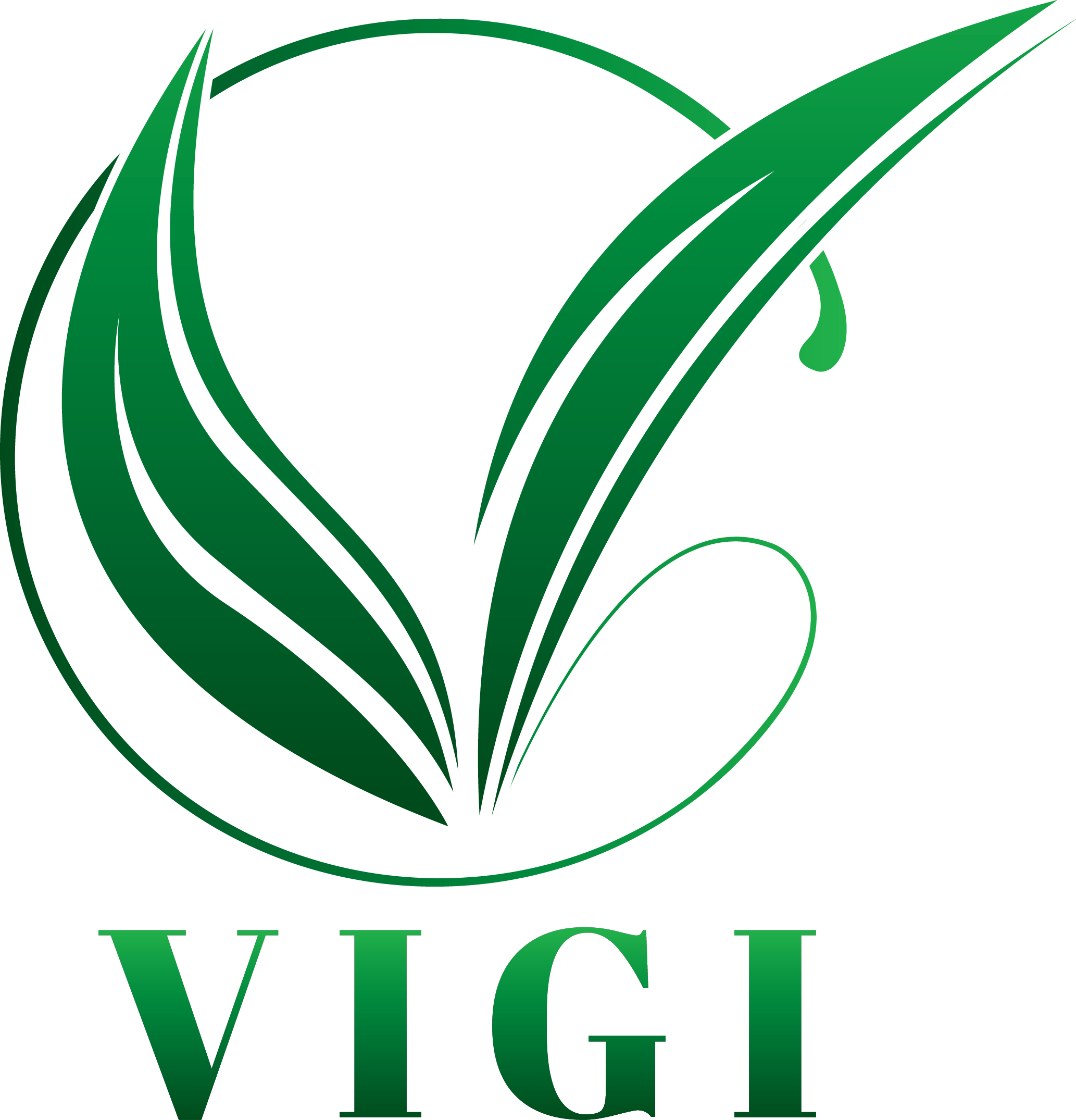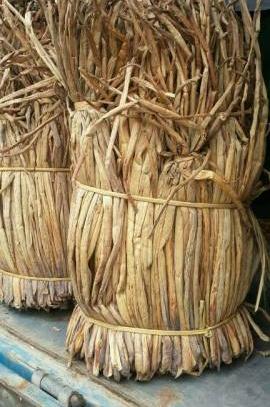- Home
- About us
- Products
- Plants Residue
- Starch Products
- Coconut Products
- Dried Fruits
- Handicrafts
- Sea Products
- Herbs
- Canned & Frozen Products
- Other Products
- Activities
- News
- Contact







